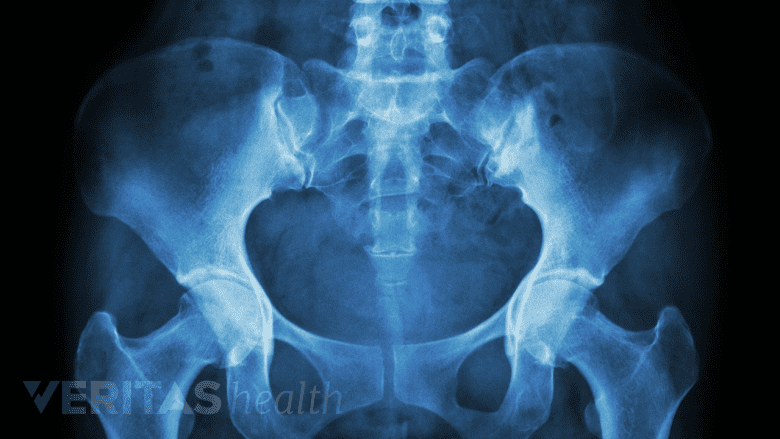Chiropractic adjustment, also referred to as spinal manipulation, is a recognized and popular pain relief treatment for many types of lower back pain, sciatica, and neck pain. This article explains what patients can expect during their first chiropractic consultation, which typically:
- Involves a thorough chiropractic exam.
- May include the start of chiropractic treatment.
- Lasts about 45 minutes or more.
After the initial consultation, follow-up chiropractic appointments tend to be much shorter—perhaps 10 to 20 minutes.
In This Article:
- What to Expect at the First Chiropractic Consultation
- Chiropractic Treatment Plan
- What to Expect At Your First Chiropractic Visit Video
What to Consider Before Visiting a Chiropractor
Before choosing a chiropractor, some people conduct an initial interview with the chiropractor either over the phone or in person. This interview is focused on discussion and does not include an exam. Some topics may include questions about the chiropractor’s philosophy, expertise and general approach, and what the patient’s preferences might be.
First Chiropractic Visit
The initial in-office clinical exam generally includes the following 3 areas:
1. Patient History and Symptoms
In preparation for the chiropractic consultation, the patient will be asked to fill out forms that provide background information about their symptoms and condition. Typical questions include:
- When and how did the pain start?
- Where is the pain felt?
- Describe the pain—is it sharp, dull, searing/burning, or throbbing? Does it come and go, or is it continual?
- Did the pain start as a result of an injury?
- What activities/circumstances make it better or worse?
Patients are usually asked to provide information on family medical history, any pre-existing medical conditions or prior injuries, and previous and current treatments provided by other health professionals.
2. The Chiropractic Exam
A complete chiropractic exam assesses the range of motion in the affected body part(s).
A thorough chiropractic exam includes general tests, such as blood pressure, pulse, respiration, and reflexes. Specific orthopedic and neurological tests may also be used to assess the:
- Range of motion of the affected body part(s)
- Muscle tone
- Muscle strength
- Neurological integrity
Further chiropractic tests may be necessary to assess the affected area, such as having the patient move in a specific manner, posture analysis, or assess motion of the affected body part.
3. Diagnostic Studies

X-ray is a common diagnostic tool used during an initial chiropractic exam.
Based on the results of the patient's history and chiropractic exam, diagnostic studies may be helpful in revealing pathologies and identifying structural abnormalities to more accurately diagnose a condition. While an x-ray is the most common diagnostic study used during an initial chiropractic exam, it is not always needed. In general, an x-ray is used in the chiropractic setting to help1 :
- Diagnose a recent trauma.
- Diagnose spondyloarthritis.
- Study a spinal deformity that might progress, such as scoliosis.
An x-ray study should only be undertaken if the chiropractor has a good reason to believe that it will provide information needed to guide the patient's treatment program. Due to the associated risks of ionizing radiation exposure that occurs while taking an x-ray, its use should be limited to cases when they are medically necessary.
While an x-ray can help view the bones, it is not useful for studying the soft tissues. When soft tissue damage is suspected, such as a problem with a disc, torn muscle, or nerve compression, an MRI scan is likely to be recommended.
Many chiropractic clinics can perform basic x-rays, but an MRI scan and more extensive imaging studies are usually referred to an outside center.
Patient Diagnosis after the Chiropractic Exam
Findings from the patient’s history, physical examination, and diagnostic tests usually help the chiropractor to arrive at a specific diagnosis. Once the diagnosis is established, the chiropractor can determine if the condition will respond to chiropractic care, because certain conditions--such as fractures, tumors, or infections--may not be treated with chiropractic methods and typically require a specialist physician’s treatment.
At the end of the patient's initial visit, the chiropractor will explain the patient's:
- Diagnosed condition
- Individualized chiropractic treatment plan (or other treatments)
- Anticipated length of chiropractic care
Some chiropractors will also provide the above information in written form, so the patient may take it home to think about and conduct their own research.

